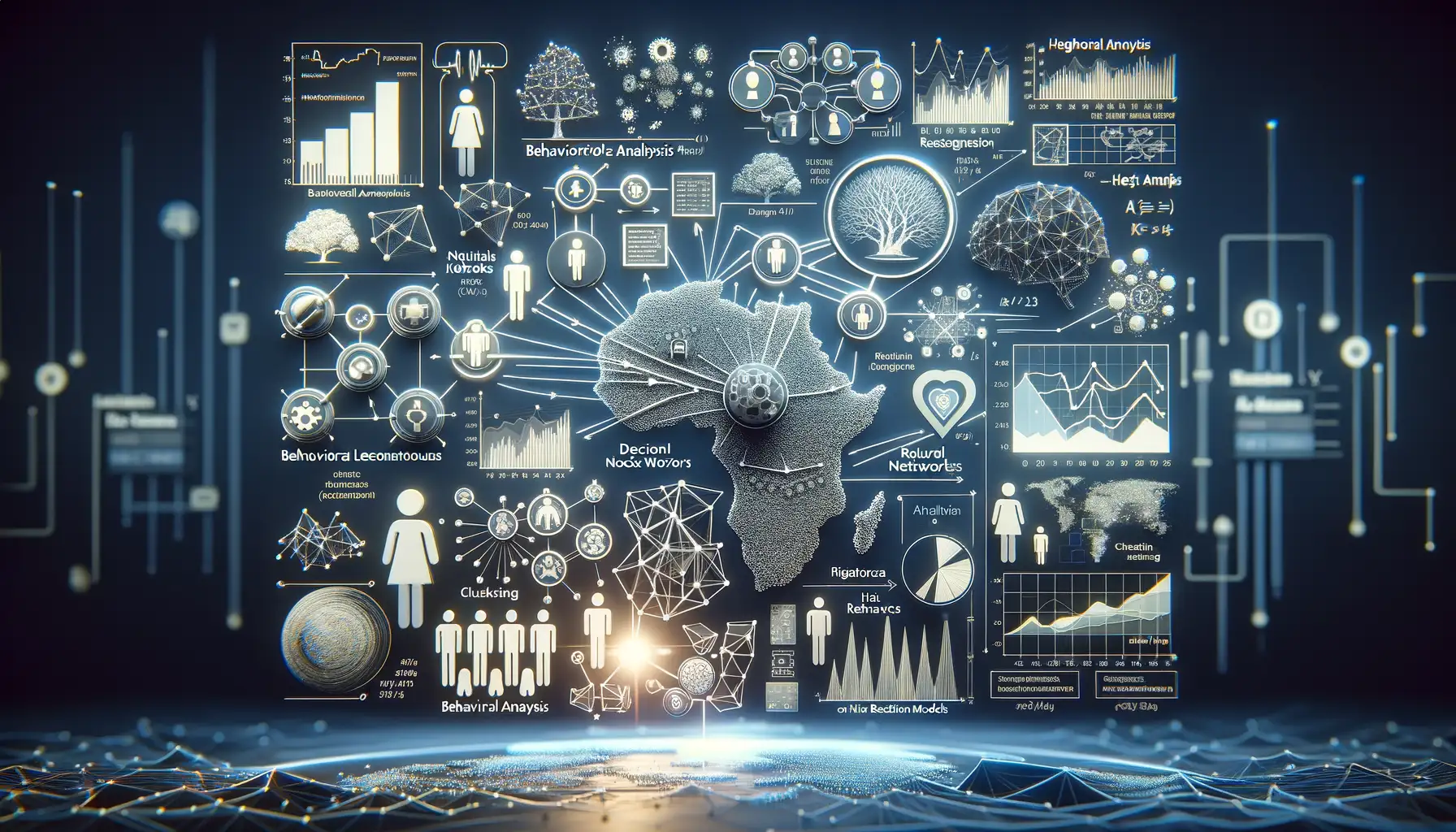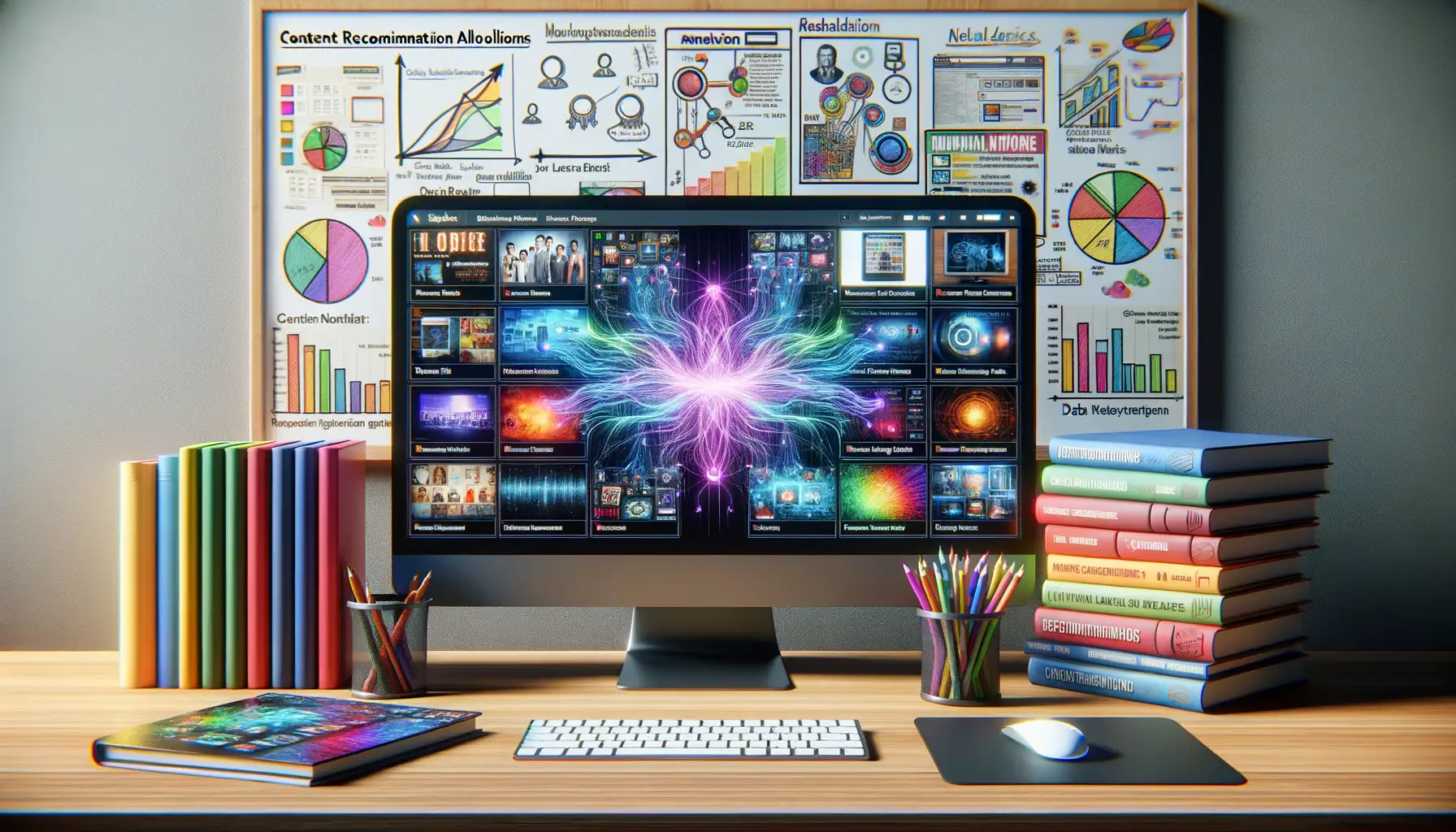Understanding Viewer Behavior Through Machine Learning
Decoding Viewer Choices with Data Smarts
Understanding what makes people hit “play” or abandon a show halfway through feels a bit like trying to guess someone’s favorite ice cream flavor on the first try. This is where machine learning transforms into our ultimate detective, picking up patterns that even Sherlock Holmes might miss.
Picture this: every click, pause, or rewind on your streaming platform creates a digital breadcrumb trail. Machine learning dives into these trails to uncover answers to questions like:
- What genres do viewers binge endlessly?
- Which thumbnails grab their attention faster than a cat video?
- How does viewing behavior change over time or by mood?
It’s like opening a treasure chest of viewer insights without needing a crystal ball.
The Emotional Side of Numbers
But it’s more than just numbers and graphs here. Think about how *relatable* it feels when Netflix suggests a rom-com right after a tearjerker—a comforting digital hug. That’s not magic; it’s machine learning tapping into human emotions. By recognizing patterns, like when we crave light-hearted content post-drama, these systems make recommendations that feel tailor-made.
Machine learning doesn’t just study behavior; it resonates with it, making your next watch choice feel oddly…perfect.
Key Machine Learning Techniques for Behavioral Analysis

Decoding Viewer Behavior with Machine Learning Algorithms
Ever wondered how streaming platforms seem to know exactly what you want to watch next? Behind the magic lies a set of cutting-edge machine learning techniques that don’t just crunch numbers—they interpret behavioral clues like a detective piecing together a mystery.
One standout method is supervised learning. Think of it as teaching a machine to recognize patterns by showing it examples. Platforms use this to classify whether a viewer is likely to binge-watch, skip around episodes, or abandon a series halfway through. It’s like teaching an assistant to read your mood based on what you’re watching at 1 a.m. versus during a lunch break.
Then there’s clustering, a form of unsupervised learning. This approach groups viewers by their preferences without predefined categories. Picture an invisible web that connects users who love crime thrillers, those obsessed with cooking shows, and the late-night rom-com crowd.
- Natural Language Processing (NLP): Deciphering reviews, ratings, and even clicks on descriptions.
- Reinforcement Learning: Learning the “best” recommendations from trial-and-error interactions.
Each technique is like a puzzle piece in understanding why we hit play—or why we scroll endlessly. Intriguing, right?
Applications of Machine Learning in Content Recommendation

Transforming Content Discovery with Machine Learning
Imagine logging into your favorite streaming platform and it feels like the algorithm knows you better than your best friend. That’s not magic; that’s machine learning in action, delivering personalized content recommendations tailored to your unique tastes. These systems dive deep into your viewing habits—whether you binge romantic comedies or sprinkle in a few documentaries—and they adapt quickly, like a well-trained assistant reading your mood.
One popular method is collaborative filtering. If you’re rewatching every sci-fi epic, the algorithm identifies others who vibe the same way and suggests titles they’ve adored. It’s like peeking into someone else’s recommendation list, minus the awkward small talk. There’s also deep learning at play, soaking up hidden patterns—like your secret obsession with shows featuring charismatic anti-heroes.
- Streaming platforms: Netflix and Hulu master this to perfection.
- E-commerce giants: Think Amazon suggesting “Customers like you also bought…”
Even new media apps are jumping in, crafting playlists that align with your energy levels. It’s not just about convenience anymore; it’s a connection—a digital handshake with your personality.
Challenges in Analyzing Viewer Preferences with Machine Learning

Unpacking the Complex Puzzle of Viewer Preferences
Understanding what makes viewers tick isn’t a straightforward task—far from it. It’s like trying to decipher an intricate jigsaw puzzle where some pieces seem to change shape just when you think they fit. Why? Because humans are anything but predictable! Sure, one person might binge sci-fi dramas on Friday nights, while another might randomly switch from true crime documentaries to cooking shows. But capturing these quirks with machine learning? That’s a whole other challenge.
For starters, data itself can be messy. Streaming platforms collect huge amounts of viewer data, but not all of it is useful or even reliable. Ever accidentally clicked on a show you didn’t mean to watch? That false signal could skew the insights, making algorithms think you’re a fan of something you actually hate.
And then there’s the issue of evolving tastes:
- Your viewing choices today might not match your preferences six months from now.
- External influences, like trends and social recommendations, can muddy the waters further.
So, how does machine learning adapt to this endless ebb and flow? That’s where the real magic—and frustration—lies.
Future Trends and Innovations in Viewer Behavior Analysis

The Rise of Real-Time Personalization
Imagine logging into your favorite streaming platform, and instead of scrolling endlessly, the system instantly serves up content that feels like it was plucked right out of your mind. That’s where we’re heading, thanks to evolving machine learning models. By analyzing viewer behaviors with greater precision, platforms can now identify trends in real-time.
For example, if a surge of viewers suddenly becomes obsessed with a niche genre—say, Nordic noir—or a trending actor, algorithms can pivot on the fly to recommend similar shows or movies. This is more than personalization; it’s hyper-awareness. It’s as if the system learns your mood before you even realize it. Talk about being one step ahead!
- Emotion detection: Advanced AI can now analyze micro-interactions, like the scenes you rewind or skip, to identify how specific content makes you feel.
- Predictive curation: Machine learning utilizes both past behavior and ongoing cultural shifts to predict what will grab your attention tomorrow.
Next-Generation Data Sources
Forget clicks and views. The future is all about mining unconventional data sources to decode preferences. Wearables that track heart rate while you binge-watch? Totally possible. Imagine a device picking up on your increased pulse during a thriller scene and feeding that insight into your content profile.
Even your social media habits are coming into play. Platforms can cross-analyze your likes, shares, and hashtags to fine-tune recommendations. It’s not creepy—it’s curated magic! This innovation is reshaping how platforms ‘listen’ to us, blending science fiction with everyday tech.
